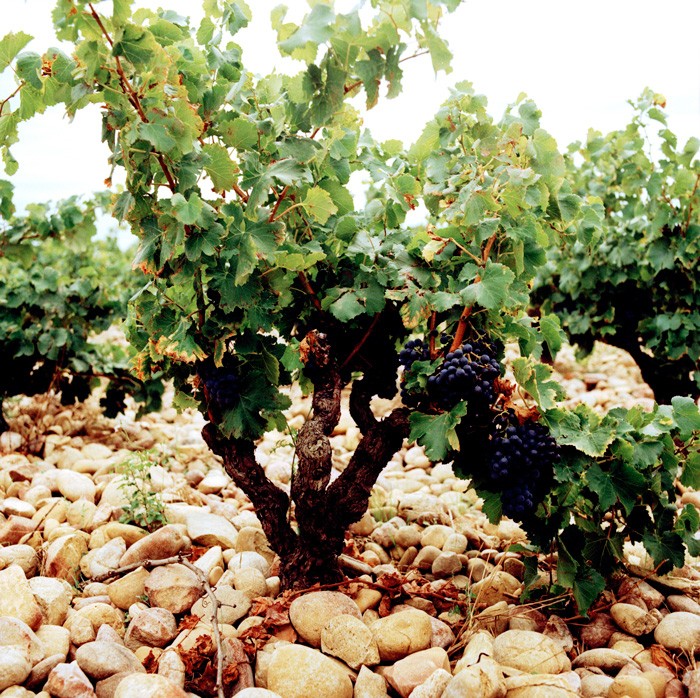When it comes to grapes, should we go native? Yea
Author: Oliver Barton
Who wants a burger when abroad?
We are living in a world increasingly dominated by bland globalization; with the same companies popping up to make all cities look alike. We now have the option to have the same cup of coffee wherever we go, and monolithic blue furniture companies are to be found looming over every commercial estate. When travelling, surely it is more interesting to embrace the local culinary status quo rather than giving in to the drabness of everyday brands.
What allows regions to keep their unique character and identity better than their local products? There are so many local treasures which have stood the test of time; authentic dishes and the wines that go with them. There is nothing better than enjoying a traditional meal in situ. These are the experiences that stay with you, the flavours and aromas which will come to mind when reminiscing about past excursions.
We could debate what defines a grape as indigenous, as almost all varieties used today have been imported from somewhere at some point in history, but this is a discussion for another day. For now we must remember that some ‘international’ grape varieties are already instilled in the history of Italian winemaking – Merlot, for example, has been grown in northern Italy for hundreds of years.
So why are some people moving away from using indigenous varieties, choosing instead to imitate the wines of Bordeaux and Burgundy (or at least try)? In short, why change what has been developed over centuries just to please the critics and appease the international palate?
Italy is the perfect country to exemplify this struggle, being home to over 300 indigenous varieties which can be found in shops and restaurants (with many more to be discovered by consulting Ian d’Agata’s Native Wine Grapes of Italy), but also to the Super Tuscans. The beauty of Italy’s ranging wine scene is that each local dish has a trustworthy accompaniment to balance, complement and refresh. Italy is bursting to the brim (of the boot) with such wonderful varieties as Fiano, Aglianico, Arneis and Nebbiolo, without which our portfolio here at Berry Bros. & Rudd just wouldn’t be the same.
Not only are these varietals available in their truly original, sometimes rustic, form, but many wineries are improving on their techniques to produce more modern styles by making single-vineyard wines or experimenting with the use of oak and innovative new blends. The addition of a local indigenous variety can also give character to a blend grounded in an international grape variety.
I view the wide array of varieties in Italy as one of the country’s key strengths, one which is un-mimicked in the wine world and that should ignite a flame in any wine-lover’s heart; and there are plenty of varieties still waiting to be discovered. They may not all be easy to pronounce or perhaps as accessible as other international varieties, but that is surely part of their charm.
So I invite you to challenge yourself and try something different this month. Below are a few of my favourites to get you started. Saluti!
2014 Roero Arneis, Cornarea, Canale, Piedmont, Italy
2013 Etna Bianco, Graci, Passopisciaro, Sicilia, Italy
2011 Aglianico Campitaurasini, Satyricon Luigi Tecce, Campania, Italy




could not agree more strongly… continue with local grown varietals… international brands have taken the fun out of traveling to different cities and countries
[…] http://bbrblog.com/2015/09/25/when-it-comes-to-grapes-should-we-go-native-yea/ […]